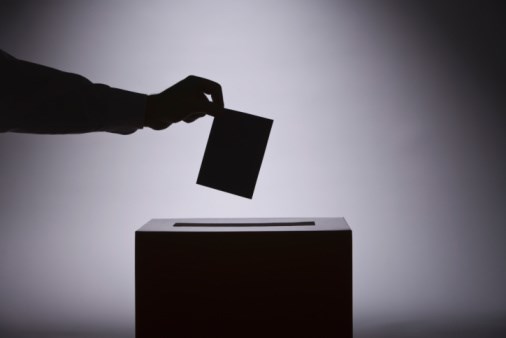If next weekend’s Cowichan amalgamation referendum were a lunch, it would be a peanut butter and jam sandwich.
It’s pretty straightforward: If voters in both Duncan and North Cowichan approve the marriage of their two municipalities, they will get hitched. If either rejects the idea, they won’t.
Greater Victoria, by contrast, is a 12-layer clubhouse (13 if you add a slice of Sooke) that comes tumbling down if just one piece of bread decides it’s toast. Even if we try dividing the ingredients among three sandwiches, as Amalgamation Yes now suggests, there’s a pretty good chance we’ll still end up in a pickle.
Or something like that.
In other words, it’s easier to get two cooks to agree on a recipe than 12. That still doesn’t make the June 23 vote a slam-dunk, though, even in a community that outsiders think of as a single municipality, anyway.
When many of us think we’re in Duncan, we’re actually in North Cowichan. Duncan proper, with a population of just under 5,000, is an oddly shaped area totalling two square kilometres straddling the Trans-Canada Highway in the heart of town. The southern approaches are actually Cowichan Tribes land, while on the other sides are the 30,000 people of North Cowichan, whose 194 square kilometres include Maple Bay, Crofton and Chemainus.
Next Saturday’s binding referendum will be the result of a process in which a citizens’ group made up of a diverse group of 36 volunteers, chosen by lottery from a pool of applicants, spent several days in 2017 listening to and grilling experts — civic administrators, the RCMP commander, business reps, Indigenous leaders and so on — on the complexities and possibilities of amalgamation, which the assembly ultimately recommended.
The group’s report didn’t anticipate that amalgamation would mean great cost savings, but it did foresee opportunities for efficiencies of scale, smoother integration of services, better planning and more equal levels of service for communities.
The whole process resulted from 2014 referendums in which residents of both Duncan (52 per cent) and North Cowichan (58 per cent) surprised local politicians by voting for an amalgamation study.
That might all be encouraging to those who favour an amalgamation study in Greater Victoria, but it also magnifies the complications they face. Seeking unanimity among a dozen often-recalcitrant local councils is a cat-herding nightmare, particularly with the provincial government resolutely refusing to show leadership.
The Liberals promised an amalgamation study when they were in power, but delivered only a governance report that did little more than catalogue the status quo and talk about collaboration and integration of services — co-operation, not marriage.
Although the New Democrats told Amalgamation Yes during the 2017 election campaign that they would “commission a study and, in collaboration with all 13 municipalities, move this file forward,” in power they have tackled that promise with all the enthusiam of someone going for a colonoscopy.
So now amalgamation proponents’ focus has turned to a more achievable goal: looking at dividing the capital region into three municipalities — the core, West Shore and Saanich Peninsula.
A breakthrough came when the councils of Victoria and Saanich agreed to meet June 26 to come up with the wording of a referendum question to put to their voters in the Oct. 20 civic elections. The idea is to propose a citizens’ assembly process similar to that used in Duncan and North Cowichan.
But where does that leave Oak Bay and Esquimalt, home to the other 15 per cent of core-area residents? In 2014, when voters in eight local municipalities were presented with some form of amalgamation question, only those in Oak Bay said no. In Esquimalt, where two-thirds of voters said Yes to a straightforward amalgamation-study question, some councillors argued that the people didn’t really know what they were voting for, which is pretty weird considering it was council that agreed to the wording of the question.
And where, with no one taking charge, does that leave the rest of the region?
First things first. Before the capital’s 12-chef nightmare, there’s Cowichan’s peanut butter and jam sandwich.



